Melbourne Design Week returns for 2021 edition
Now in its fifth consecutive year, Melbourne Design Week (26 March – 5 April 2021) returns with a multi-site program of design activations and provocations under a compelling theme: ‘Design the world you want’

Melbourne, which is not in lockdown, today launches its design week in locations throughout the city. Melbourne Design Week has an opportunity to set the design agenda, and to bring attention to what makes the design scene here special. ‘What really stands out about Melbourne, and makes its designers unique, is not an aesthetic but an attitude,’ says Timothy Moore, a Curator of Melbourne Design Week (and co-director of local practice Sibling Architecture).
‘This attitude of generosity and collaboration is evident in the many group showings at Melbourne Design Week,’ explains Moore. ‘We hope to present an optimistic example to the rest of the globe about how designers can collaborate and contribute to the new world in its wake – from designers taking over empty shop fronts to architects providing prototypes of how to tackle climate change.’
Melbourne Design Week: Wallpaper's highlights
A New Normal
15 of Australia’s leading architects are sharing their propositions for how to make Melbourne a self-sufficient sustainable city by 2030. Taking over the top floor and roof top of an office building on Little Collins Street in the CBD, A New Normal features a series of installations including a rooftop pavilion made of solar panel components by John Wardle Architects and a greenhouse by Ha that shows how land can be used for both agriculture and energy production. A parallel program of live streamed talks explore a range of topics, from creating a circular economy to how buildings can transition from fossil fuels to clean electric power.
Rooftop, 130 Little Collins Street
normalise.it
Community: A Storefront Exhibition


Top, a collaborative piece by Melbourne-based designer Dean Norton and San Francisco-based multidisciplinary artist Sarah Hotchin. Bottom, Talin and Tulip Hazbar's abacus, made from waste materials found from factories around Sharjah, UAE
The alt.material collective return to Melbourne Design Week with a display of furniture and design objects across 24 empty storefronts in Fitzroy and Collingwood. Reflecting on the impact of Covid-19 and recent economic shifts that have affected businesses and tenancies on the high street, COMMUNITY presents Australian designers alongside international names including Ron Arad, Talin and Tulip Hazbar, Sam Jacob, Iris van Herpen and Eliot Bastianon.
Various locations
altmaterial.com
A World We Don’t Want
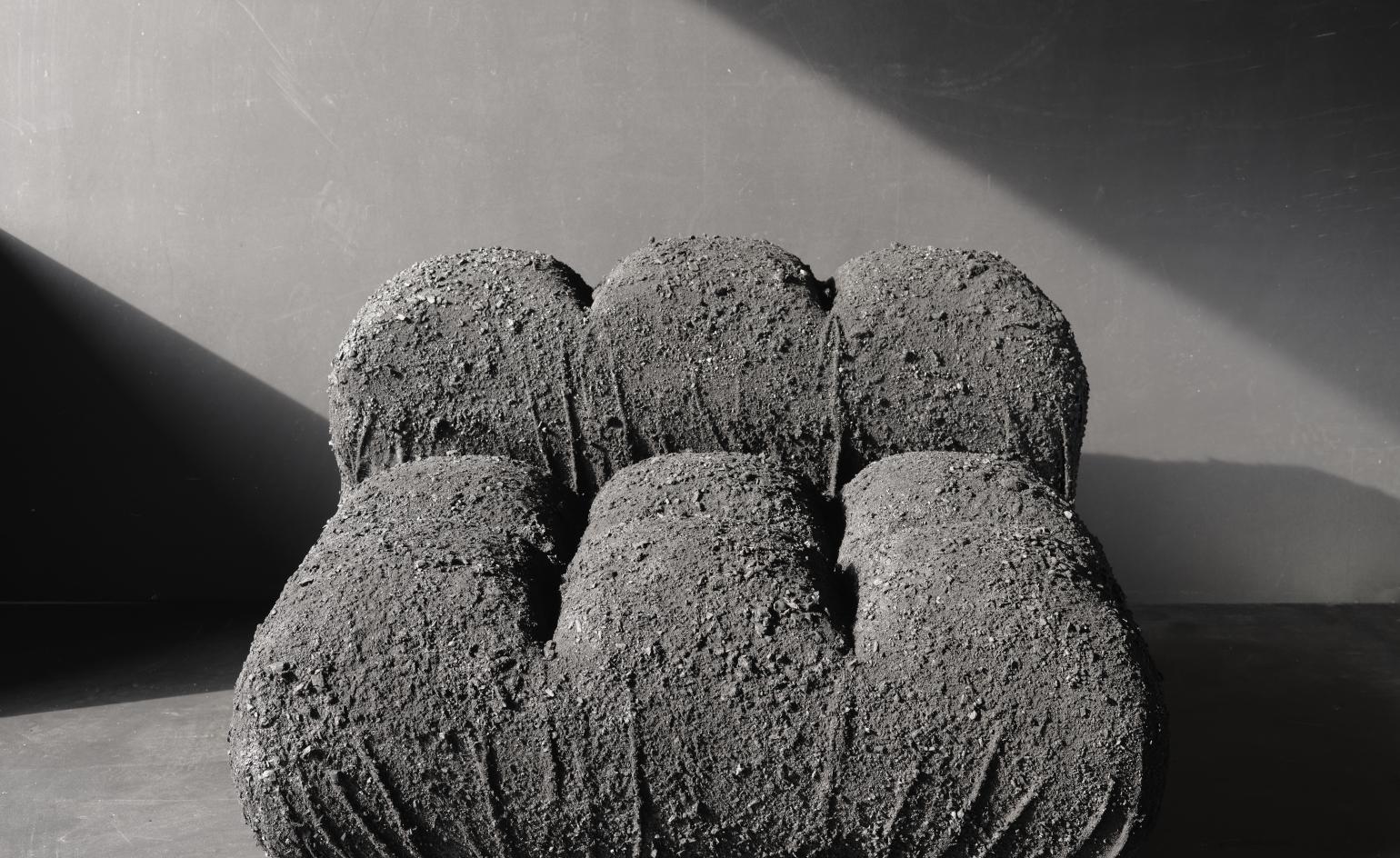
Flack Studio
Presented by Friends & Associates, this exhibition presents thirteen designs by Australian creatives reflecting on ‘a world we don’t want’ to speculate on a future we do want. Taking place in the former stables building at Meat Market, North Melbourne, presentations can be found by the likes of Flack Studio, Marta Figueiredo and Jonathon Griggs, and Nicole Lawrence and Thomas Coward.
2 Wreckyn St, North Melbourne
friendsand.associates
Receive our daily digest of inspiration, escapism and design stories from around the world direct to your inbox.
Future Inheritance
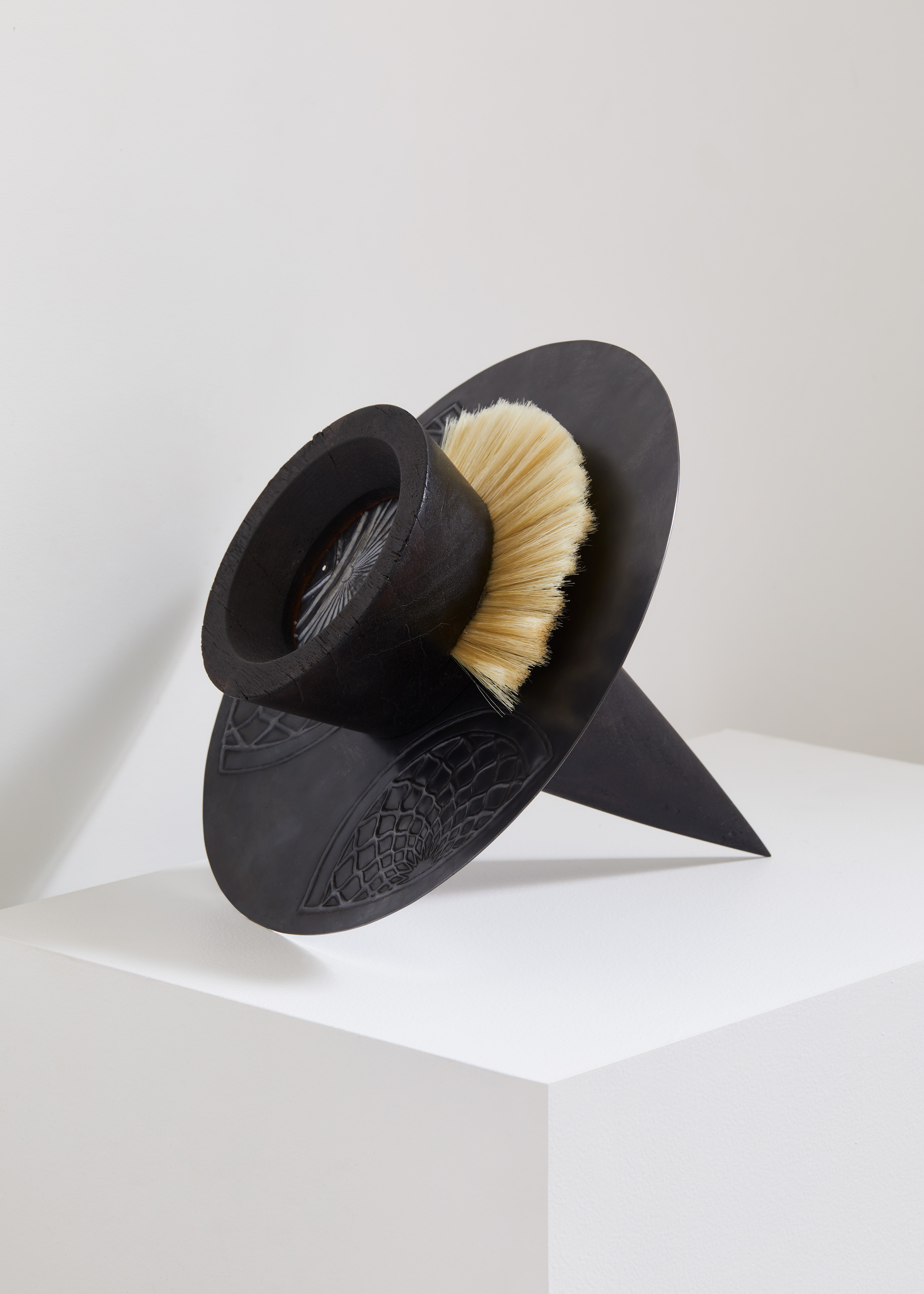
Demeter, by Iran-born jewellery artist Fatemeh Boroujeni
If we were to leave an object behind for a loved one, what would it look like and what is its emotional, historical and cultural significance? This is the question being asked of 20 designers in an exhibition exploring the power of objects, the stories they hold and the ways in which they transfer ideas and values from one generation to the next.
5a Glasshouse Rd, Collingwood
@future.inheritance
futurefoodsystem

Located between Fed Square and the Yarra River for six months, futurefoodsystem was conceived by designer Joost Bakker as a 100 per cent sustainable modern urban farm / home / restaurant with aquaponics, solar power, micro-farms, a charcoal tank, vertical vegetable gardens and mushroom walls, and other living inhabitants such as fish, crickets and worms. Throughout Melbourne Deign Week there will be tours of futurefoodsystem, and there will be a keynote talk with Bakker and resident chef Jo Barrett, moderated by NGV Senior Curator of Contemporary Design and Architecture, Ewan McEoin.
River Terrace, 3 Princes Walk
futurefoodsystem.com
Fresh Eyes: Reimagining Robin Boyd’s Walsh Street


Photography by Ben Hosking (top) and Derek Swalwell (bottom)
A pioneer of Melbourne’s Modern Architecture movement, Robyn Boyd was a visionary in urban design and famously wrote the 1960 text The Australian Ugliness about the national aesthetic. Some of Melbourne’s leading and emerging architectural photographers have been invited to revisit the house Boyd designed for his own family in 1957. The resulting exhibition – featuring John Gollings, Tess Kelly, Tom Ross, Sean Fennessy and Lauren Bamford amongst others – is taking place at Domain House in Melbourne’s Royal Botanic Gardens. A new publication After Australian Ugliness, offering a contemporary response to Boyd’s writings, is also being launched at Melbourne Design Week.
Domain House, Dallas Brooks Drive, Royal Botanic Gardens
robinboyd.org.au
INFORMATION
Melbourne Design Week runs from 26 March – 5 April 2021
designweek.melbourne
Elias Redstone is Wallpaper’s Australia editor and an acclaimed arts leader. He is the founder and artistic director of Photo Australia / PHOTO International Festival of Photography, Melbourne. Previously, Elias was senior curator of The Architecture Foundation, London. He has curated exhibitions for museums and galleries internationally including Barbican Art Gallery, London; Storefront for Art and Architecture, New York; and Centre for Contemporary Photography, Melbourne. His book Shooting Space: Architecture in Contemporary Photography is published by Phaidon.
-
 ‘I want to bring anxiety to the surface': Shannon Cartier Lucy on her unsettling works
‘I want to bring anxiety to the surface': Shannon Cartier Lucy on her unsettling worksIn an exhibition at Soft Opening, London, Shannon Cartier Lucy revisits childhood memories
-
 What one writer learnt in 2025 through exploring the ‘intimate, familiar’ wardrobes of ten friends
What one writer learnt in 2025 through exploring the ‘intimate, familiar’ wardrobes of ten friendsInspired by artist Sophie Calle, Colleen Kelsey’s ‘Wearing It Out’ sees the writer ask ten friends to tell the stories behind their most precious garments – from a wedding dress ordered on a whim to a pair of Prada Mary Janes
-
 Year in review: 2025’s top ten cars chosen by transport editor Jonathan Bell
Year in review: 2025’s top ten cars chosen by transport editor Jonathan BellWhat were our chosen conveyances in 2025? These ten cars impressed, either through their look and feel, style, sophistication or all-round practicality
-
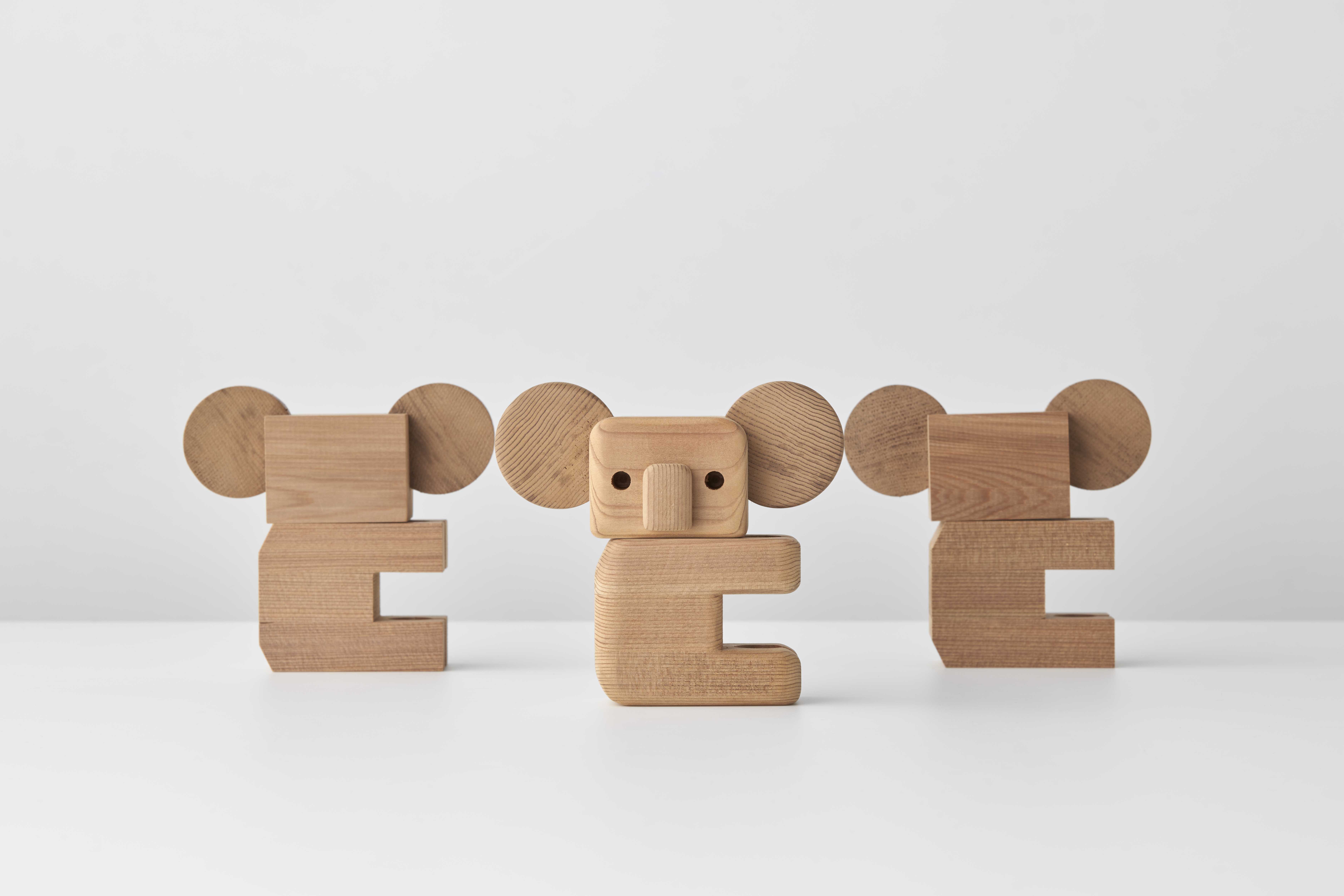 9 things to see at Melbourne Design Week 2023
9 things to see at Melbourne Design Week 2023Melbourne Design Week 2023 (18 – 28 May 2023) follows a theme of ‘Design The World You Want’
-
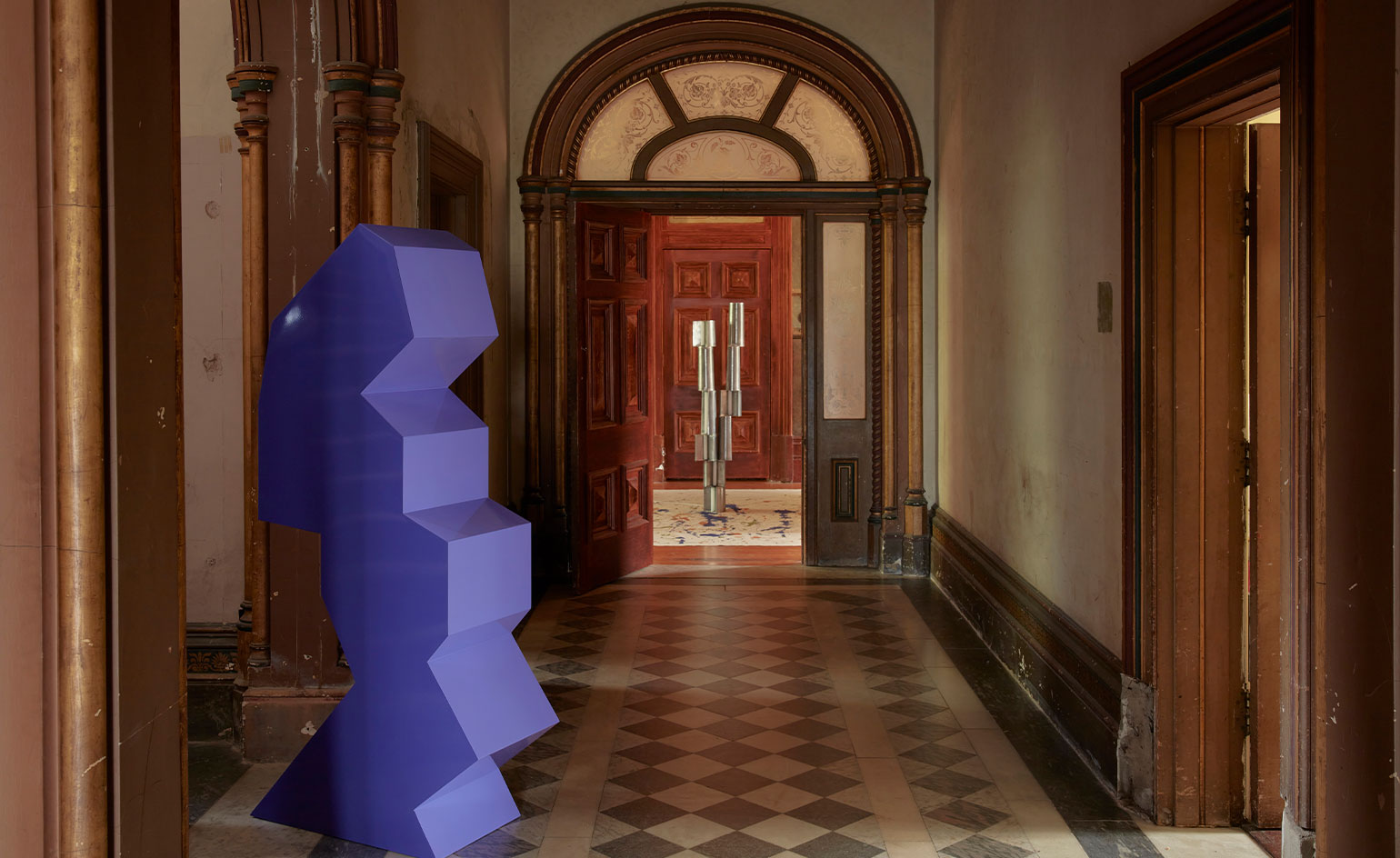 Discover Melbourne Design Week 2022
Discover Melbourne Design Week 2022Discover the best of Melbourne Design Week 2022, from thematic exhibitions to the first design fair in the city, to talks and events
-
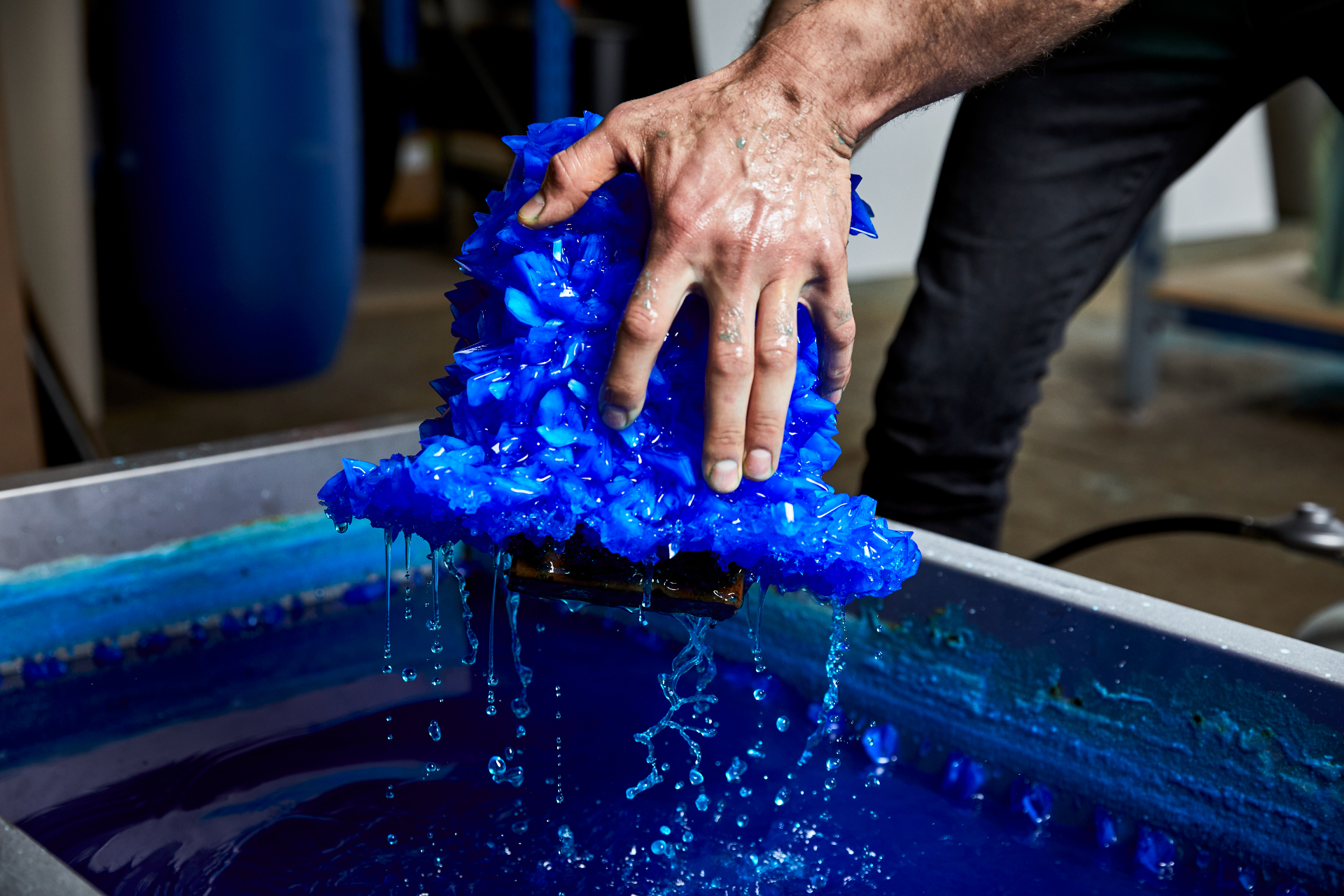 Melbourne’s NGV Triennial presents a radical design re-think
Melbourne’s NGV Triennial presents a radical design re-thinkCombining design ingenuity with scientific research, these global designers have created new materials and methods that can change the way we build our architectures and produce our objects, and through their project they raise awareness towards global ecological issues
-
 Melbourne Design Week asks ‘How can design shape life?’
Melbourne Design Week asks ‘How can design shape life?’Our edit of exhibitions to see at Melbourne Design Week 2020
-
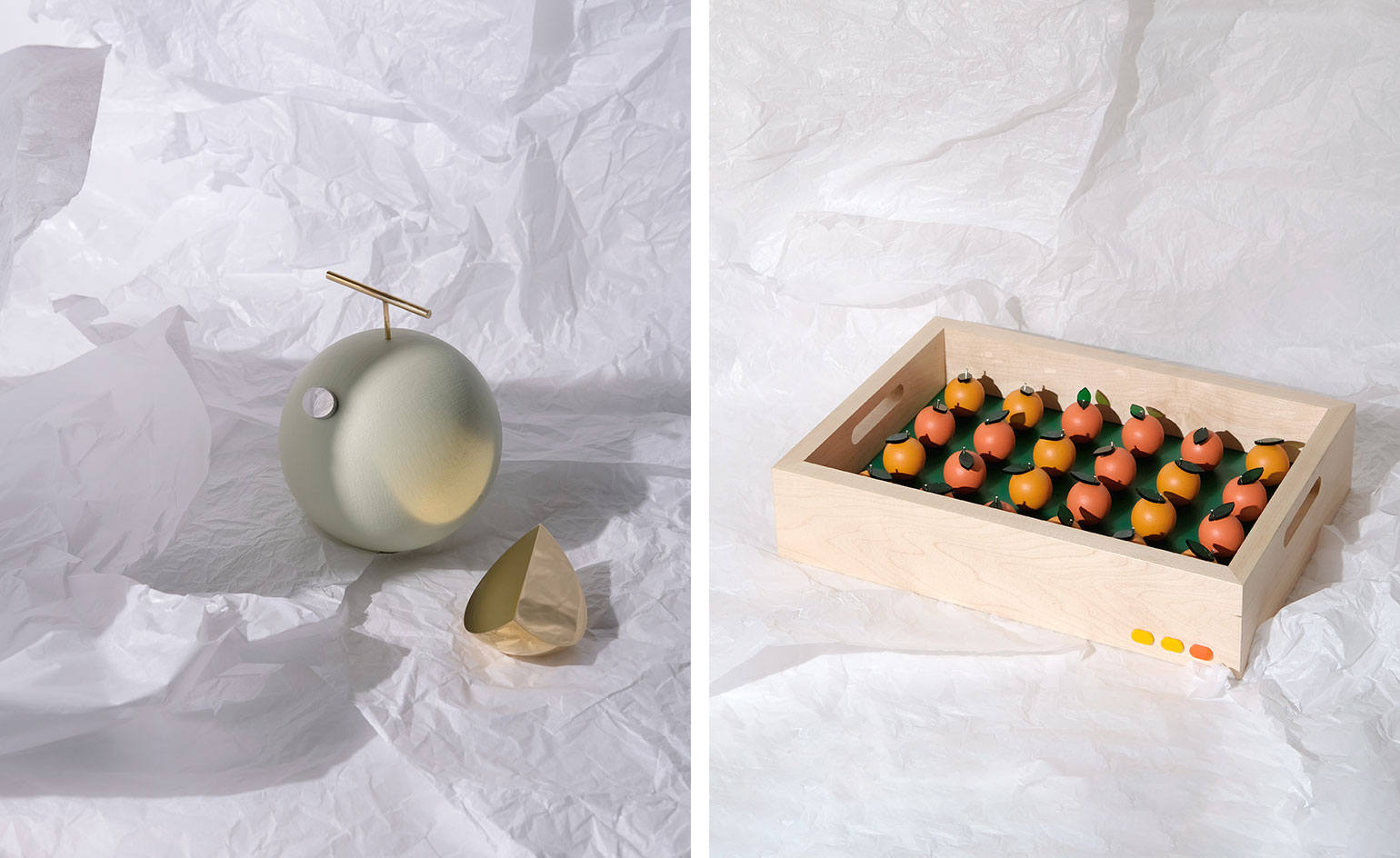 Everyday packaging gets reframed by Daniel Emma
Everyday packaging gets reframed by Daniel EmmaPutting the power back into packaging with industrial design studio Daniel Emma’s invesigative models at Hugo Michell Gallery
-
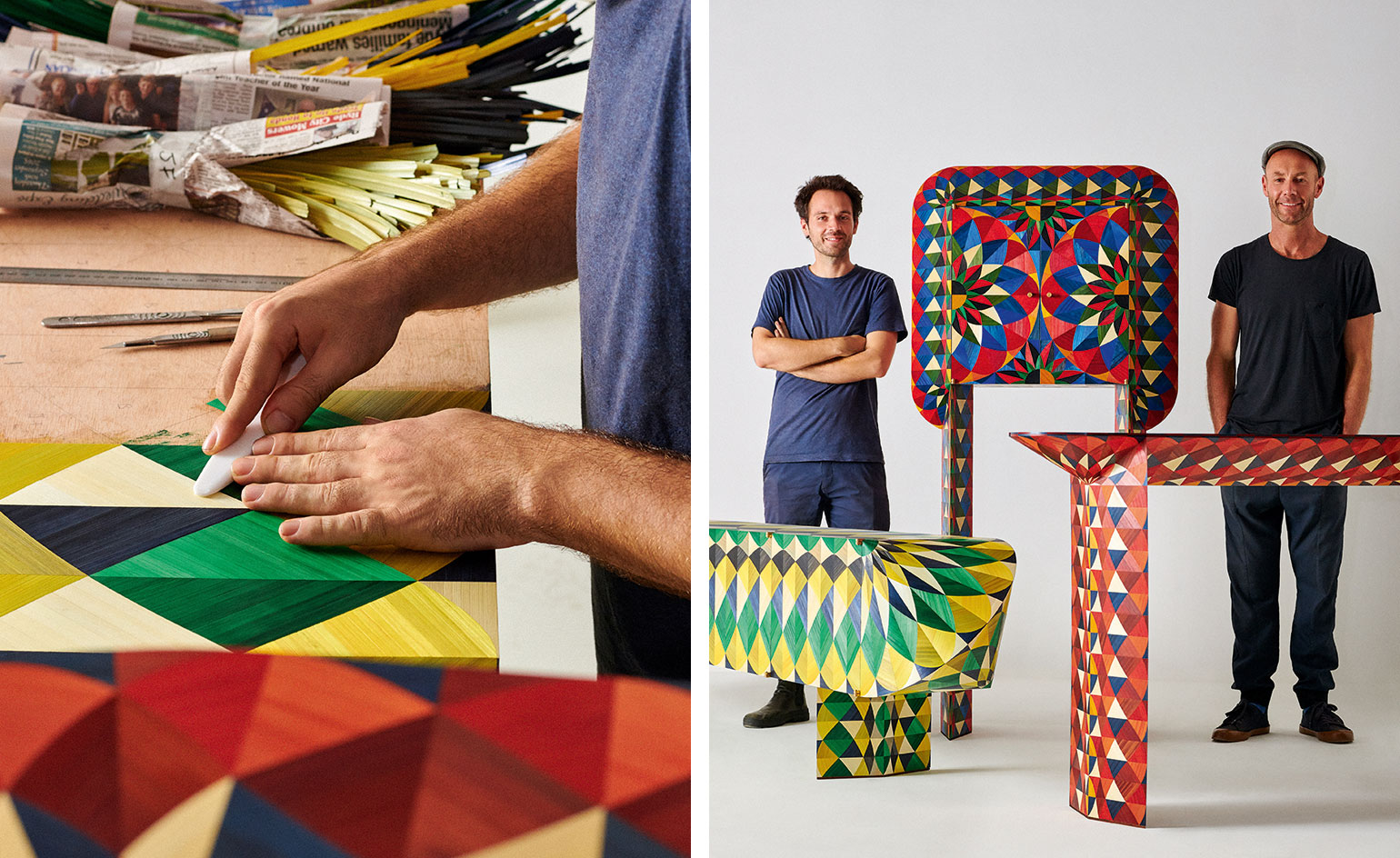 A Surrealist parlour game inspires these new marquetry pieces
A Surrealist parlour game inspires these new marquetry piecesThree new marquetry pieces by Adam&Arthur, inspired by a Surrealist parlour game, make their debut at Melbourne Design Week this week
-
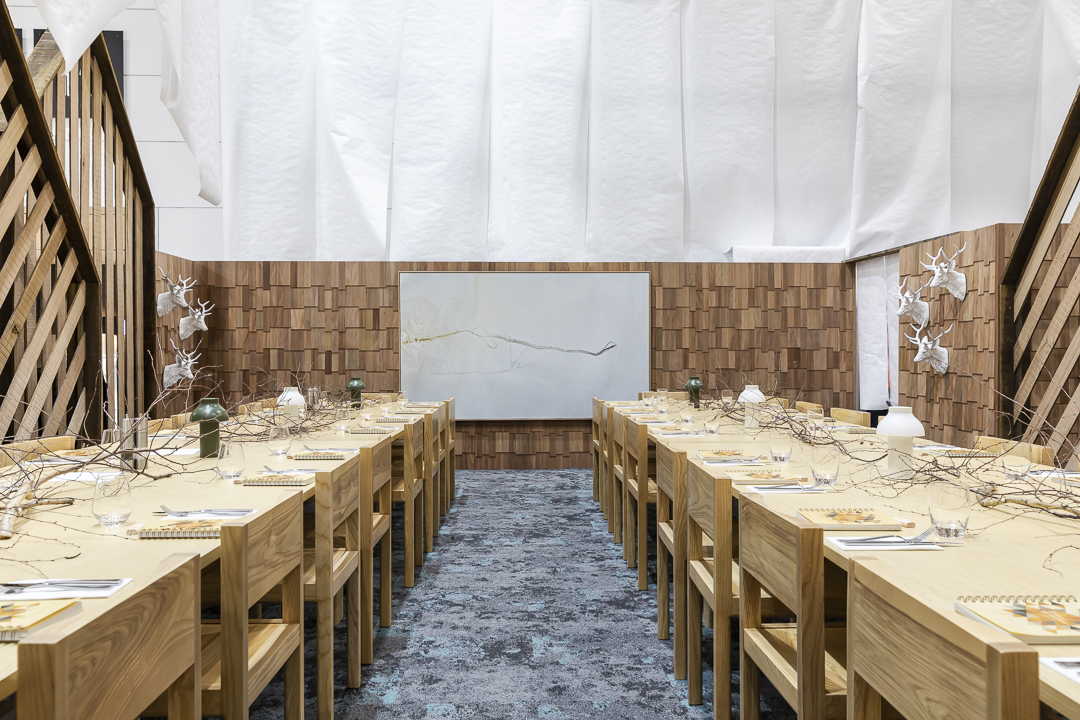 Meet the Australian designers to look out for at Denfair 2019
Meet the Australian designers to look out for at Denfair 2019 -
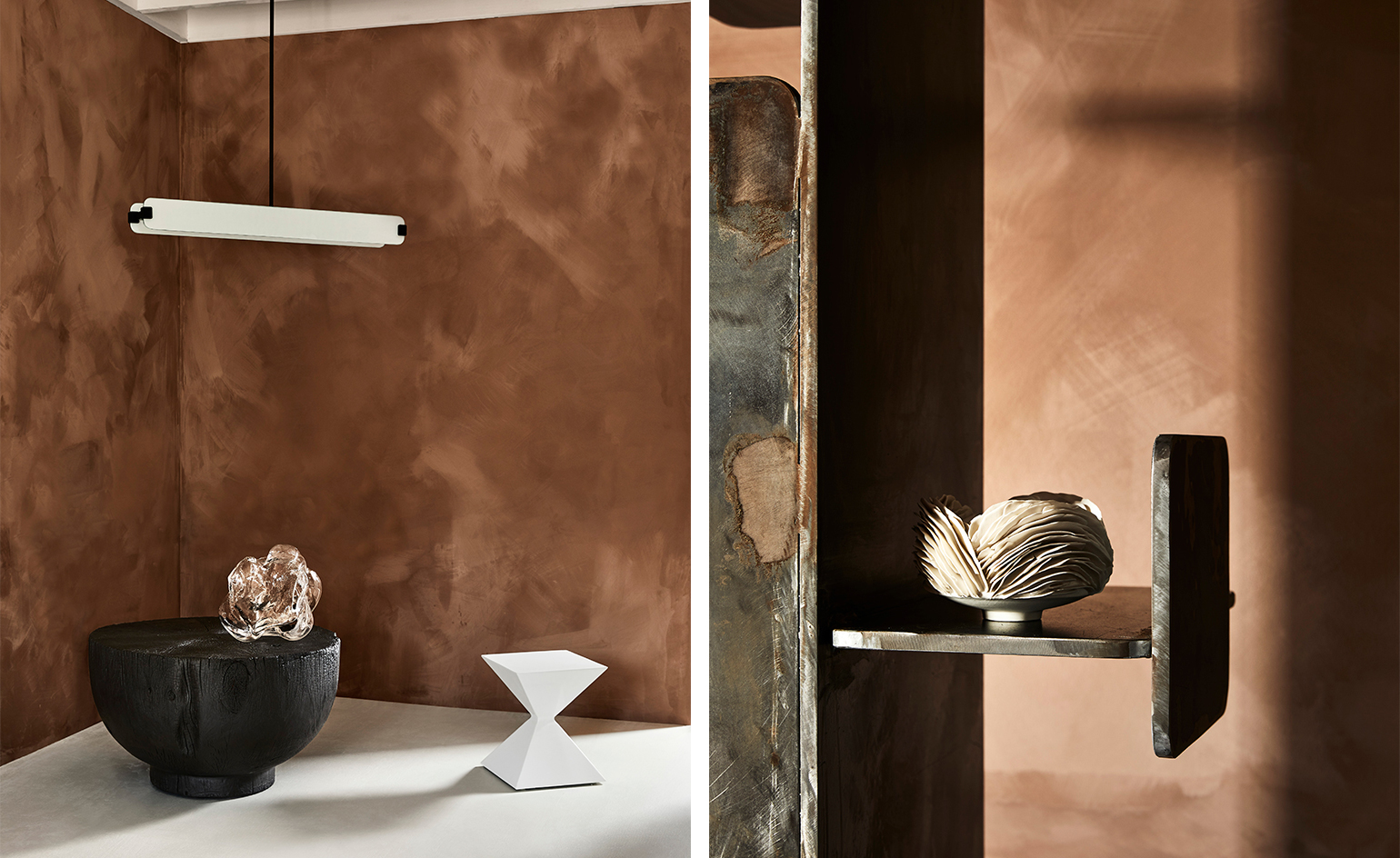 Inside a new Melbourne gallery that champions creative dualism
Inside a new Melbourne gallery that champions creative dualism